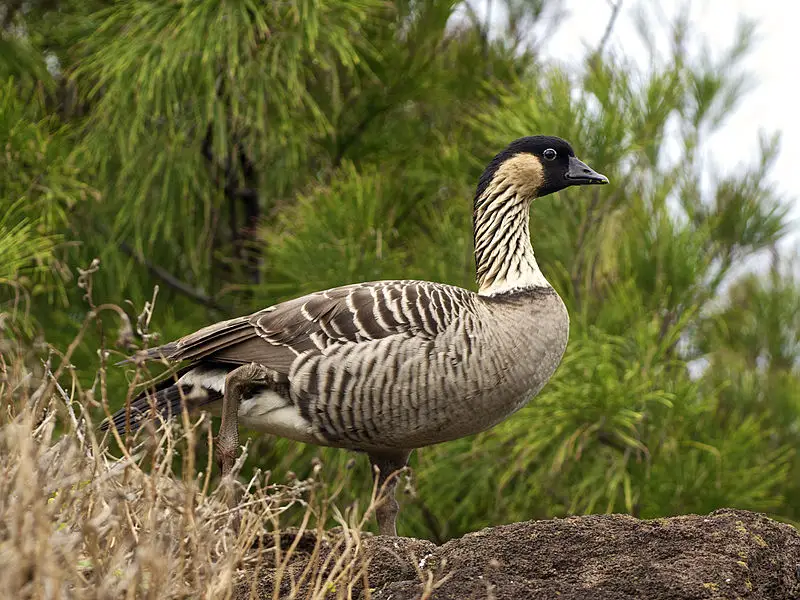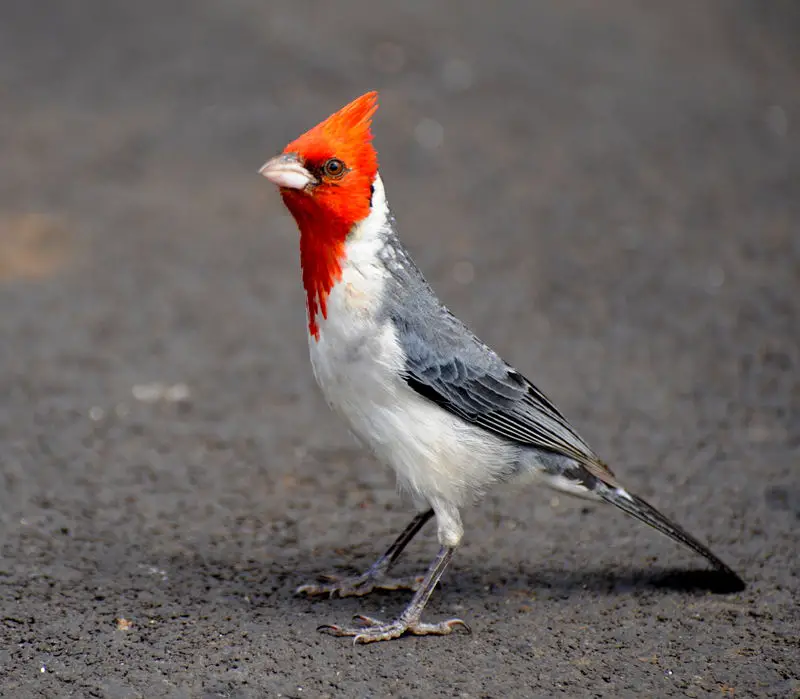Located in the central Pacific Ocean, Molokai is an island in Hawaii that is home to a diverse range of bird species. With its lush forests, stunning coastlines, and rugged mountains, Molokai offers the perfect terrain for these feathered creatures to thrive.
The island is known for its endemic bird species, which can only be found in this specific location. Birdwatchers and nature enthusiasts from all over the world travel to Molokai to witness the unique avian life that this island has to offer.
From the soaring frigatebirds to the rare Molokai thrush, Molokai is a birdwatcher’s paradise. This article aims to explore the birdlife in Molokai, detailing the various species that call this breathtaking island home.
1. Nene

The Nene is a species of bird endemic to the Hawaiian Islands. It was given its name ‘nēnē’ due to its soft call and in 1957 it even became the official state bird of Hawaii.
This gorgeous goose can be found exclusively in the wild on islands such as Oahu, Maui, Kauaʻi, Molokai and Hawaiʻi.
The Nene has adapted so well to living within these different island environments that they have developed their own distinct subspecies depending on which island they are from.
These birds are an important part of Hawaiian culture, being featured in many stories throughout history where they were often seen as symbols for protection and good luck – making them truly special creatures indeed.Scientific classification:
| Kingdom | Animalia |
| Phylum | Chordata |
| Class | Aves |
| Order | Anseriformes |
| Family | Anatidae |
| Genus | Branta |
| Species | B. sandvicensis |
Also Featured In: Most Common United States Birds, Birds of Kauai, Hawaii
2. Red-Crested Cardinal

The Red-crested Cardinal is a brightly colored songbird belonging to the family of tanagers. It has a vibrant red crest and its name comes from the Tupí people, which means “small red, yellow, and gray bird”.
This species can be found in most parts of South America where it prefers open woodlands or grassy areas near rivers.
Its diet consists mainly of insects but also includes some fruit when available. The Red-crested Cardinal is well known for its melodious songs that are used by males to attract mates during breeding season.
These birds form monogamous pairs with both parents helping out with raising their young until they learn how to fly on their own within 21 days after hatching from eggs in nest made up high trees or bushes.
In recent years there have been reports about population decline due loss habitat caused by deforestation as well as illegal hunting for pet trade business so conservation efforts are necessary in order to protect this beautiful species from extinction.Scientific classification:
| Kingdom | Animalia |
| Phylum | Chordata |
| Class | Aves |
| Order | Passeriformes |
| Family | Thraupidae |
| Genus | Paroaria |
| Species | P. coronata |
Also Featured In: Most Common Birds In Paraguay, Most Common Oahu Birds